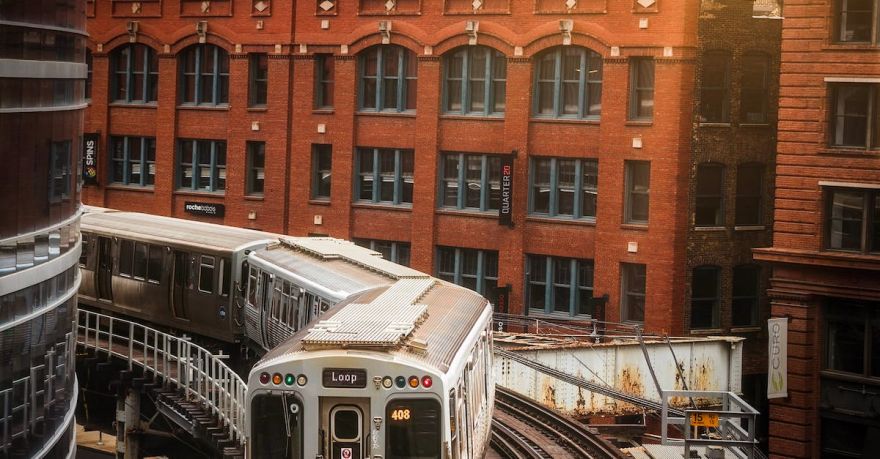Japan, a country known for its efficient and advanced transportation system, offers a wide range of options for its citizens and visitors to choose from. However, when it comes to public transport, there is one primary form that stands out among the rest – the train.
Trains in Japan are the backbone of the country’s transportation infrastructure. They are fast, reliable, and cover a vast network that connects even the most remote corners of the country. The extensive railway system is operated by several companies, each serving a specific region or route.
One of the most notable train operators in Japan is the Japan Railways Group, commonly known as JR. It operates multiple lines, including the famous Shinkansen, or bullet train, which is renowned for its incredible speed and punctuality. The Shinkansen can reach speeds of up to 320 kilometers per hour, making it one of the fastest trains in the world.
The popularity of trains in Japan can be attributed to several factors. First and foremost is their efficiency. Trains in Japan are known for adhering to strict schedules, rarely experiencing delays. This reliability gives commuters peace of mind, allowing them to plan their journeys with confidence. Additionally, trains are often equipped with comfortable seating and amenities, making the commute a pleasant experience.
Another key factor that contributes to the prevalence of trains as Japan’s primary form of public transport is their accessibility. Train stations are conveniently located throughout the country, even in rural areas. This ensures that people from all walks of life can easily access the train network, regardless of their location. Furthermore, the layout of stations is designed to be user-friendly, with clear signage and helpful staff to assist passengers.
In addition to their efficiency and accessibility, trains in Japan are also renowned for their safety. The country’s railway operators prioritize the well-being of their passengers, implementing strict safety measures and conducting regular maintenance checks. As a result, train accidents are extremely rare, and passengers can travel with peace of mind.
Trains in Japan are not only used for daily commuting but also for long-distance travel. The Shinkansen, in particular, has revolutionized intercity transportation, making it possible to travel across the country in a matter of hours. This has not only boosted tourism but also facilitated business travel, allowing people to efficiently conduct meetings and conferences in different cities.
Furthermore, the train system in Japan seamlessly integrates with other forms of public transport, such as buses and subways. This allows passengers to easily transfer between different modes of transportation, creating a comprehensive and interconnected network.
In conclusion, the train is Japan’s primary form of public transport, providing a fast, reliable, and accessible means of travel for its residents and visitors. Its efficiency, accessibility, and safety have made it an integral part of the country’s transportation system. Whether it is daily commuting or long-distance travel, trains in Japan continue to serve as the backbone of the nation’s transportation infrastructure.





